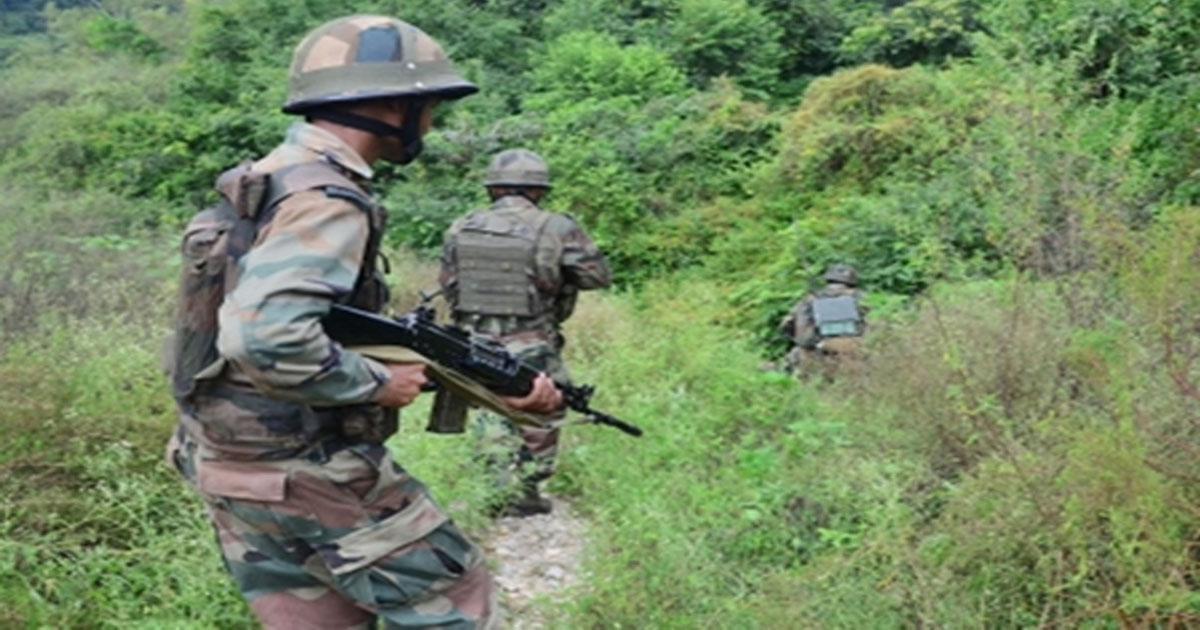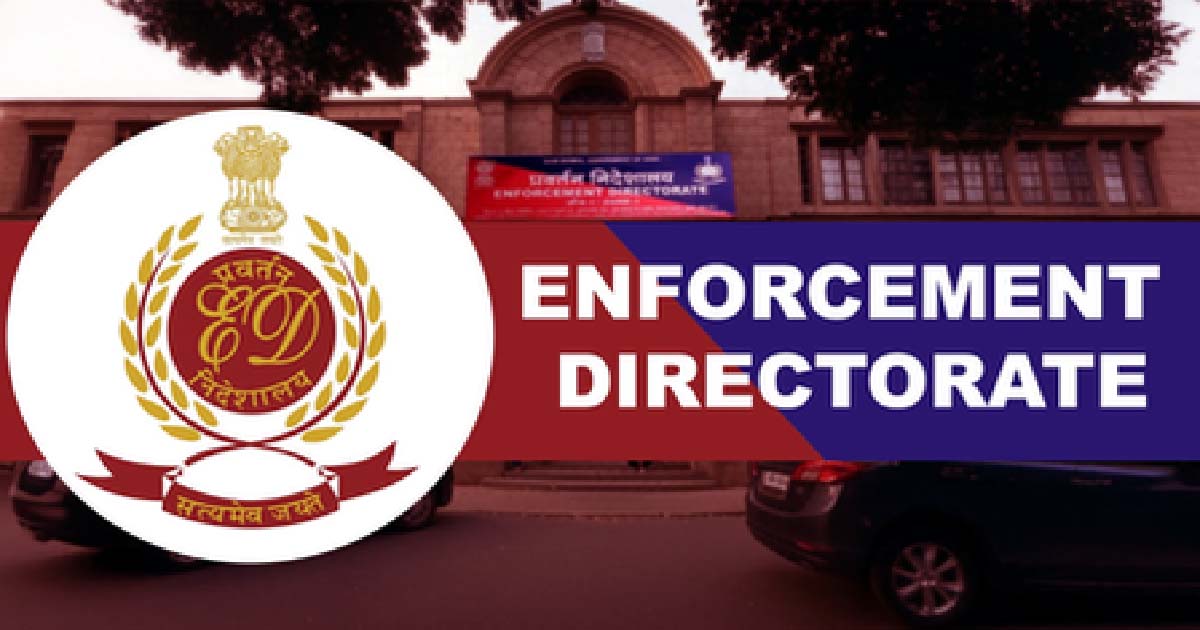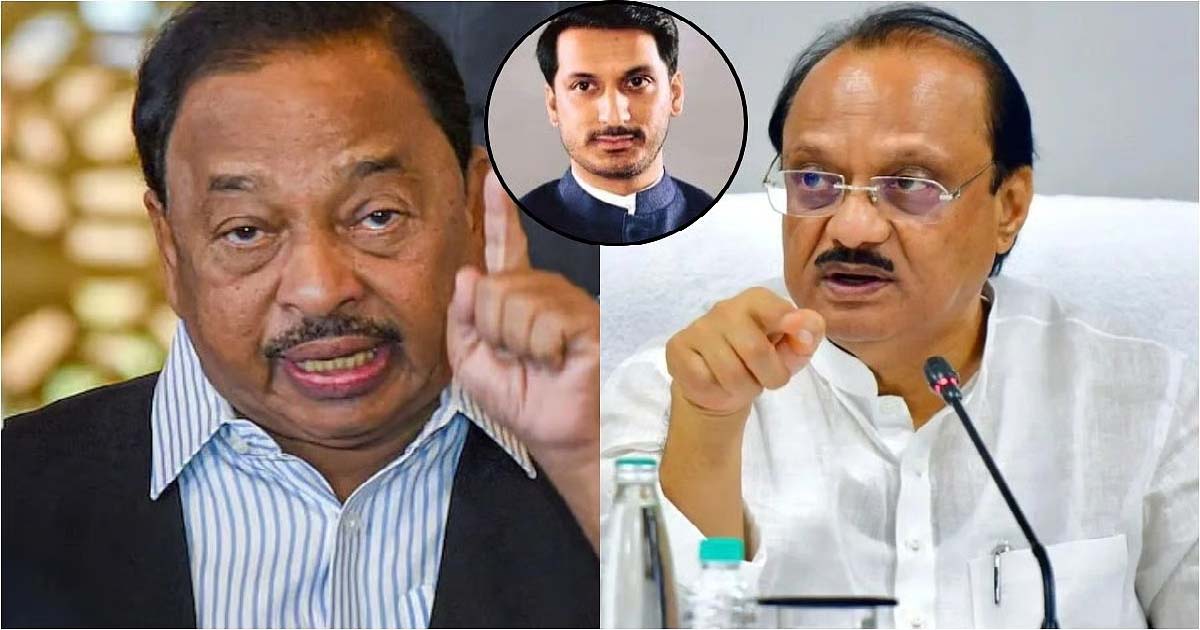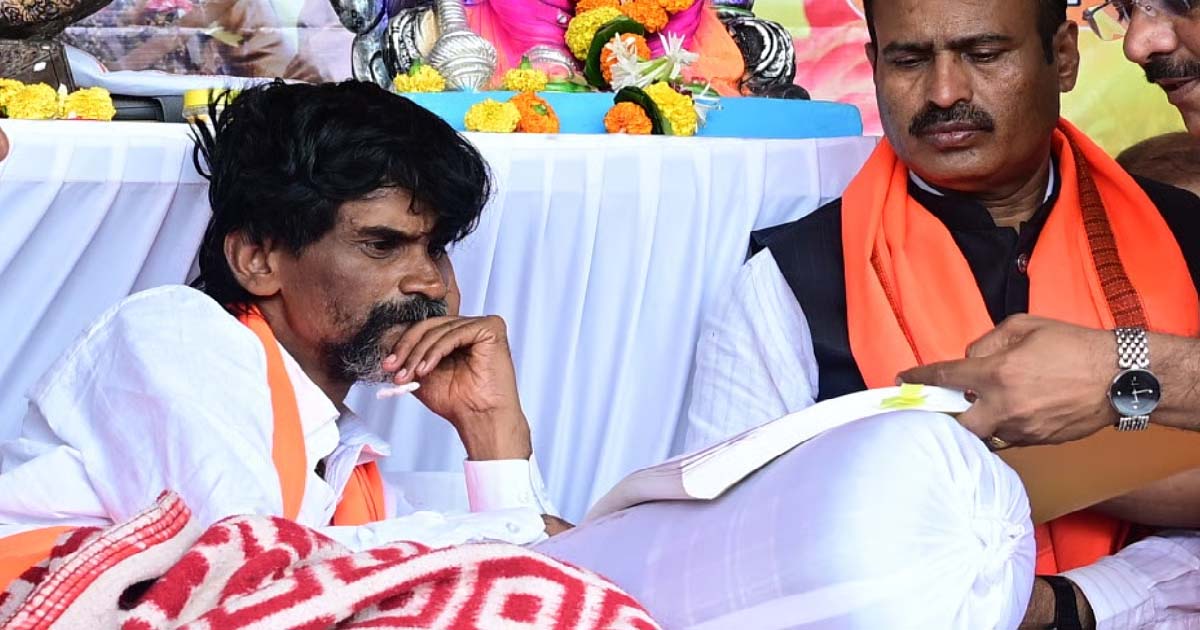National News
After LoC, Pakistan violates ceasefire on International Border in Jammu

Jammu, April 30: After resorting to unprovoked ceasefire violation on the Line of Control (LoC) consecutively for the last six days, Pakistani troops on Wednesday initiated unprovoked firing on the International Border (IB) in the Jammu district.
The Defence ministry spokesman said, “Further to the previous update about 29-30 April (Night), unprovoked small arms firing by Pakistan Army was also reported from their posts across the LoC in Baramulla and Kupwara districts, as well as across the International Border in the Pargwal Sector.”
“Indian Army troops responded appropriately,” the spokesman said.
The Pakistan Army had already initiated unprovoked firing on the LoC in Jammu and Kashmir on Wednesday for the sixth consecutive day as the Indian Army responded swiftly and proportionately.
The Defence Ministry spokesman said earlier today, “During the night of 29-30 April 2025, Pakistan Army posts initiated unprovoked small-arms fire across the LoC opposite the Naushera, Sunderbani and Akhnoor sectors in the Union Territory of Jammu & Kashmir.”
“Indian Army troops responded swiftly and proportionately,” the spokesman said.
During April 28-29, the Pakistan Army resorted to unprovoked small arms firing across the LoC in areas opposite Kupwara and Baramulla districts, as well as the Akhnoor sector of Jammu district.
The officials said the Indian Army responded to the provocation in a measured and effective manner.
Tensions have mounted between the two countries after Lashkar-e-Taiba (LeT) terrorists sponsored and aided by Pakistan killed 26 innocent civilians, including 25 tourists and a local, on April 22 in Baisaran meadow of Pahalgam.
The entire country was outraged by the cowardly act of terrorists, and Prime Minister Narendra Modi said in his first reaction to Pahalgam killings that the terrorists, their handlers and backers would he chased and hunted down to the ends of the earth.
PM Modi has given a free hand to the armed forces to decide on the timing, targets and the response to the Pahalgam terror attack.
The statement came after Defence Minister Rajnath Singh, National Security Advisor Ajit Doval, Chief of Defence Services, and the three chiefs of the Army, Navy, and Air Force had a meeting with the PM.
J&K Lt Governor Manoj Sinha had a security review meeting with Army Chief General Upendra Dwivedi in Srinagar a few days ago.
The L-G asked the Army to use whatever force is required to hunt down the perpetrators of the Pahalgam terror attack. Meanwhile, to send a powerful message to terrorists, their overground workers (OGWs) and sympathisers, security forces continue to demolish the houses of terrorists.
Security forces have so far demolished the houses of 10 terrorists, who are reportedly still active in the Kashmir Valley.
On Monday, the J&K Assembly unanimously condemned the dastardly terrorist attack and passed a resolution on this.
Crime
ED probing shell firms linked to Bengal human trafficking racket

Kolkata, Nov 8: The Enforcement Directorate (ED) is examining bank accounts linked to a network of shell companies allegedly used to divert proceeds of crime generated through the multi-crore human trafficking racket operating in West Bengal.
The ED unearthed information about these shell companies following raid and search operations conducted on Friday at six locations across different parts of the state. During scrutiny, officials found that large sums were deposited into these accounts and withdrawn within hours, suggesting layering and diversion of illicit funds.
Sources said that through the ongoing examination of these accounts, the investigating officers are attempting to trace the ultimate beneficiaries of the racket.
Meanwhile, the ED issued a statement on Saturday confirming that during the raids, cash worth over Rs 1.01 crore, several digital devices, and property-related documents were seized.
“Several bank account details under the use and operation of the accused/suspect persons have been identified. Two high-end luxury vehicles, including a Land Rover Defender and a Jaguar, have also been frozen under the provisions of PMLA,” the agency stated.
According to the ED, the organised trafficking network operated primarily through bar-cum-restaurants and dance bars in West Bengal.
The central agency initiated its probe based on multiple FIRs registered by Kolkata Police and the West Bengal Police against the key operators of the human trafficking racket under various sections of the erstwhile Indian Penal Code and the Immoral Traffic (Prevention) Act. The ED subsequently registered an Enforcement Case Information Report (ECIR) under the Prevention of Money Laundering Act (PMLA).
Investigations have revealed that the accused exploited vulnerable women under false promises of employment, coercing them into prostitution, and generating substantial illegal proceeds in the process.
The accused identified so far include Jagjit Singh, Ajmal Siddiqui, Bishnu Mudra, and their associates, who allegedly played crucial roles in the financial and operational aspects of the racket.
National News
Maharashtra: ‘Children Can Grow Up But Must Be Obedient,’ Says BJP MP Narayan Rane On Ajit Pawar’s Pune Land Scam Reply

Mumbai, Nov 8: The controversial land deal linked to Deputy Chief Minister Ajit Pawar’s son, Parth, has given a new handle to the NCP stalwart’s traditional political rivals to target him over his response to allegations. The BJP, Shiv Sena, and NCP are constituents of the ruling Mahayuti alliance.
Responding to Ajit Pawar’s earlier remark that “when your children grow up, they do their own business,” BJP MP Narayan Rane on Saturday quipped, “Children can grow up, but they should be obedient. What more can I say about it?”.
Once a vocal critic of Ajit Pawar in the past, Rane refrained from making further comments on the issue.
Maharashtra minister and BJP leader Radhakrishna Vikhe Patil has said that Ajit Pawar’s “busy schedule” may have delayed his response to the controversy.
“If Ajit Pawar had acted when he first got wind of the Pune land issue, this situation might not have arisen. But considering his busy schedule, sometimes a few decisions happen automatically,” Vikhe Patil told reporters on Friday.
Vikhe Patil, a former Congressman, and the Pawars have been political rivals in western Maharashtra for decades.
The controversy pertains to the alleged illegal sale of 40 acres of government land in Pune’s Mundhwa area, reportedly worth around Rs 1,800 crore, which Opposition leaders claim was purchased by a company linked to Ajit Pawar’s son Parth for only Rs 300 crore with a stamp duty waiver.
While an FIR was registered on Thursday against three persons, including one of the partners in the company and a government official, for causing loss to the exchequer, Ajit Pawar denied any connection to the transaction.
He had heard of the matter a few months ago and made it clear that he would not tolerate any wrongdoing, he said.
National News
Mumbai Police Summons Maratha Activist Manoj Jarange-Patil & 5 Others

Mumbai: Mumbai Police on November 8 has summoned Maratha activist Manoj Jarange-Patil and five others to appear before the investigating officer at Azad Maidan Police Station on November 10.
The Maratha activist and five others have been called between 11 am and 1 pm on November 10.
The summons relate to violations during Jarange-Patil’s hunger strike at Azad Maidan, where police allege rules and Bombay High Court guidelines were breached.
-

 Crime3 years ago
Crime3 years agoClass 10 student jumps to death in Jaipur
-

 Maharashtra1 year ago
Maharashtra1 year agoMumbai Local Train Update: Central Railway’s New Timetable Comes Into Effect; Check Full List Of Revised Timings & Stations
-

 Maharashtra1 year ago
Maharashtra1 year agoMumbai To Go Toll-Free Tonight! Maharashtra Govt Announces Complete Toll Waiver For Light Motor Vehicles At All 5 Entry Points Of City
-

 Maharashtra1 year ago
Maharashtra1 year agoFalse photo of Imtiaz Jaleel’s rally, exposing the fooling conspiracy
-

 National News1 year ago
National News1 year agoMinistry of Railways rolls out Special Drive 4.0 with focus on digitisation, cleanliness, inclusiveness and grievance redressal
-

 Maharashtra12 months ago
Maharashtra12 months agoMaharashtra Elections 2024: Mumbai Metro & BEST Services Extended Till Midnight On Voting Day
-

 National News1 year ago
National News1 year agoJ&K: 4 Jawans Killed, 28 Injured After Bus Carrying BSF Personnel For Poll Duty Falls Into Gorge In Budgam; Terrifying Visuals Surface
-

 Crime1 year ago
Crime1 year agoBaba Siddique Murder: Mumbai Police Unable To Get Lawrence Bishnoi Custody Due To Home Ministry Order, Says Report












